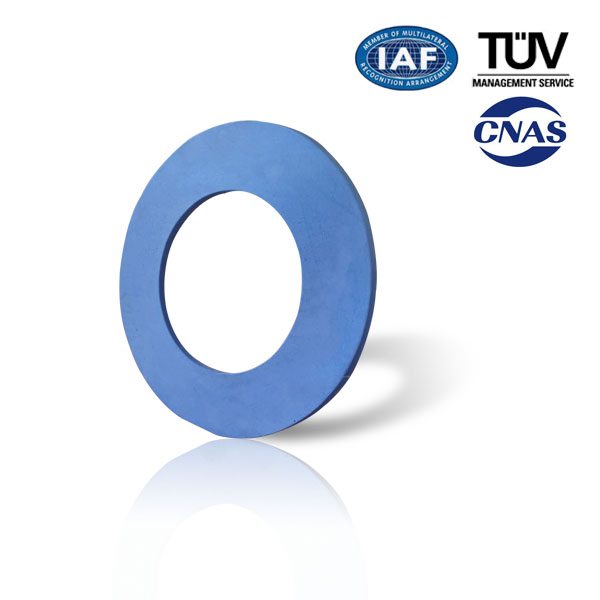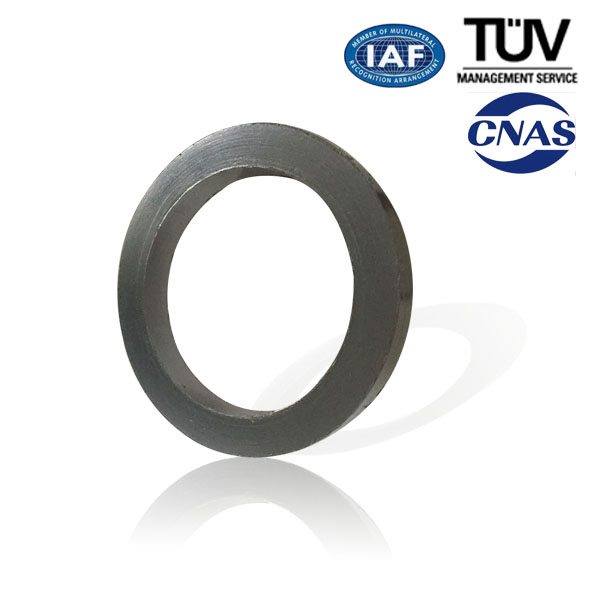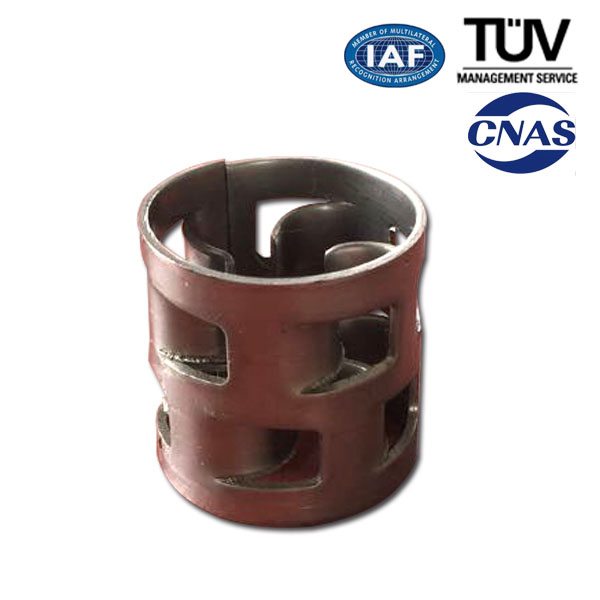Wholesale Discount PTFE Packing with Aramid Corner for Malawi Manufacturer
Wholesale Discount PTFE Packing with Aramid Corner for Malawi Manufacturer Detail:
PTFE packing with aramid corner is made from aramid yarns impregnated with PTFE, while the friction faces are made of PTFE yarns. This structure enhances the lubrication ability of aramid fiber and improves the strength of the pure PTFE.
Technical Data Sheet
|
|
Rotating |
Reciprocating |
Valves |
|
Pressure |
4Mpa |
15Mpa |
25Mpa |
|
Shaft Speed |
22m/s rotary |
||
|
Temperature |
-100℃~+280℃ |
||
|
PH Range |
2~12 |
||
Application Area
It affords longer service life under severe conditions which conventional asbestos packing can bot provide satisfaction, such as mine, tin ore, paper pulp, feed water pump of power stations, etc.
Product detail pictures:

Related Product Guide:
A Look at the Molded Gasket
Comparison of O-Ring Materials
Wholesale Discount PTFE Packing with Aramid Corner for Malawi Manufacturer, The product will supply to all over the world, such as: , , ,






